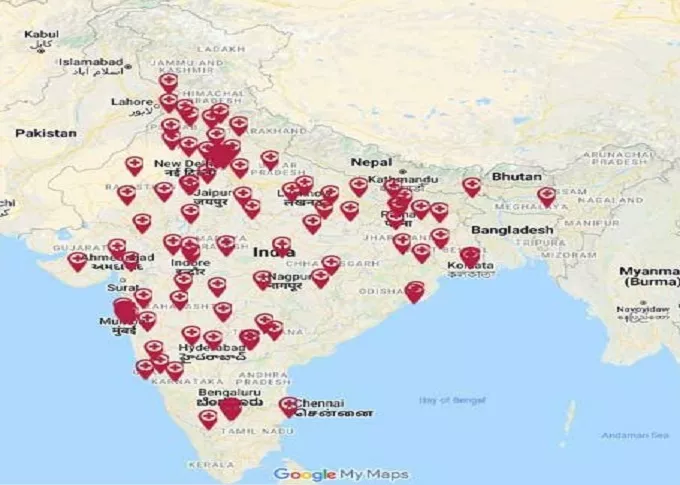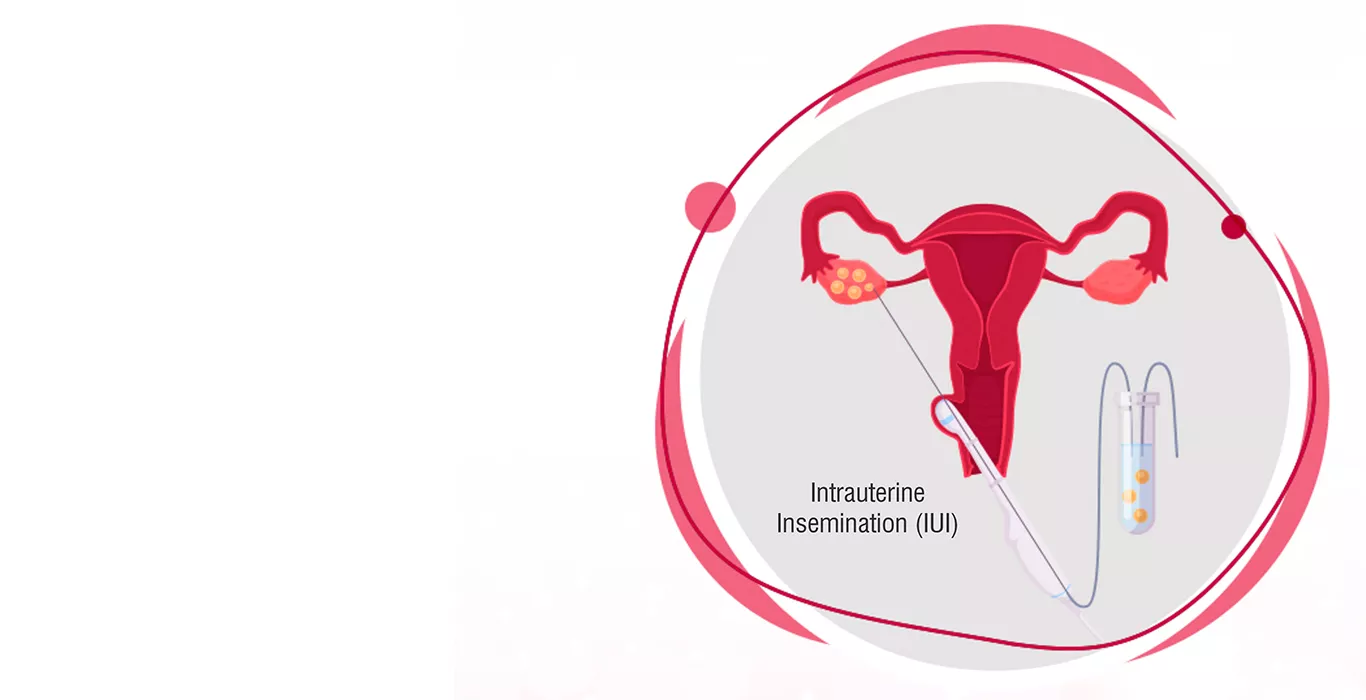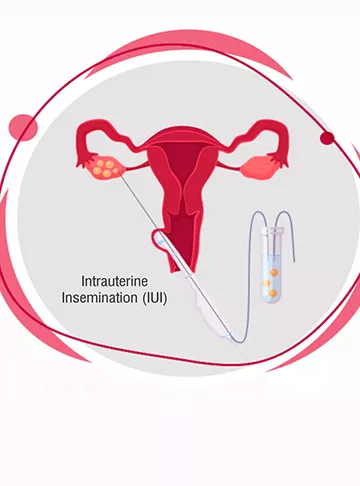What is the IUI Process?
IUI, sometimes called artificial insemination, is a reproductive procedure in which healthy sperm is implanted directly into a woman's uterus, increasing its proximity to the fallopian tubes. To help the sperm and egg get closer, sperm cells are directly injected into your uterus around the time you are ovulating in the IUI treatment procedure. As a result, fertilising your egg becomes simpler and takes less time and distance for sperm to travel. IUI treatment is an uncomplicated, low-tech process that might be more affordable than other forms of fertility treatments. Although it raises your chances of getting pregnant, the IUI process does not guarantee a successful pregnancy because every person's body is unique.
How long is the IUI process from beginning to end?
Four weeks, or around 28 days, are needed to complete the IUI procedure from start to finish. It roughly corresponds to a menstrual cycle in duration. In addition to taking a trigger shot to release one egg, women who undergo the IUI process typically need to have their ovaries stimulated in advance to help the eggs develop. Only then can the insemination occur once the sperm sample has been prepared. This stimulation process may take place over a 10-day timeframe.
IUI Procedure Step-by-step explanation
Using medication to induce ovulation and then, using a straightforward procedure, injecting processed sperm directly into the uterus at the time of ovulation are common steps in an intrauterine insemination IUI cycle. Here is the entire IUI procedure step by step so that you know what to anticipate.
1. Stimulate Egg Growth
To encourage the development and maturity of the eggs, the woman starts taking oral or injectable medicine. Depending on how the ovaries respond, injectable drugs are commonly given for 8 to 12 days, while oral drugs are administered for 5 days.
2. Ultrasound & Blood Test
Quick ultrasound sessions are required every two to three days to monitor the ovaries and egg growth while taking injectable medicine. Moreover, blood tests are conducted to detect the hormone levels influencing ovarian and egg development.
3. Ovulation Induced
A patient is given a "trigger injection" once an egg is "ready," which prompts ovulation in around 36 hours.
4. Sperm Sample Processed
The lab processes sperm samples from the male partner or donor sperm samples that have been thawed. First, the sperm sample is "washed" during preparation to eliminate immobile sperm count, debris, and seminal fluid in semen samples that might cause extremely painful cramping. After sperm washing, sperm cells are condensed into tiny amounts.
5. Insemination Procedure
A short, flexible, thin catheter injects the sperm sample into the uterus. It only takes a few seconds to finish the process, which is painless. Sometimes it will be recommended to inseminate twice in a row, but most of the time, each cycle just needs one well-managed insemination on time.
6. Follow-Up
Progesterone levels are commonly evaluated one week following ovulation. Extra hormone assistance may be advised for some individuals to assist with uterine lining preparation for pregnancy.
What do you do to prepare for IUI treatment?
You'll need to do some tests before the IUI treatment to make sure it's the best step for you and to assist your doctor in better understanding your reproductive requirements. For example, blood tests will be performed on you to check for the hormones that control your ovarian reserve and your genetic makeup to see whether you have any particular diseases. Your spouse will also be inspected and tested. These tests may include:
- Uterine exam.
- Blood tests.
- Semen analysis.
- Ultrasounds of your uterus.
- Screening for sexually transmitted infections and other contagious diseases.
Precautions during IUI Procedure
Here are a few things that answer your question about what to do after IUI procedure or during the procedure. You could have a successful pregnancy if you take the following actions:
- Take your folic acid.
- Have a balanced diet and take care of yourself.
- Avoid doing vigorous activities.
- Maintain a healthy sleep routine.
- Avoid drinking and smoking.
- Don't take any painkillers.
- Try to stay away from dangerous radiation sources.
- Regularly visit your fertility specialist
What can you expect after IUI treatment?
If you are curious about what happens after IUI day by day, here are the details for you. There are a few minor side effects you could have following IUI:
- Mild cramping.
- Spotting for one or two days.
The majority of people will quickly resume their regular activities. After IUI, you should avoid anything that makes you feel uncomfortable, but there are often no restrictions. Two weeks following an IUI, you can do a pregnancy test.
How painful is IUI treatment?
Patients don't need to be sedated or have to take painkillers during IUI because it is minimally intrusive. However, you can have some mild pain and cramps during and right after insemination.
Results after IUI Procedure
The treatment itself causes certain signs to appear straight away, but if the results are good, the true pregnancy symptoms may start to appear within two weeks. Therefore, confirming your pregnancy 14 days after the IUI treatment is essential by taking a pregnancy test. Human chorionic gonadotropin (hCG) takes roughly that long to show up in blood or urine.
How many cycles of IUI do you try before IVF?
Before beginning additional reproductive procedures, such as IVF, the majority of Fertility professionals advise completing 3 rounds of IUI cycles. Some specialists advise just 1 cycle of IUI before switching to IVF if you're over 40. This is because IVF success rates are greater for that age range, and that prompt treatment is crucial.
Pregnancy Calculator Tools for Confident and Stress-Free Pregnancy Planning
Get quick understanding of your fertility cycle and accordingly make a schedule to track it
Get a free consultation!















